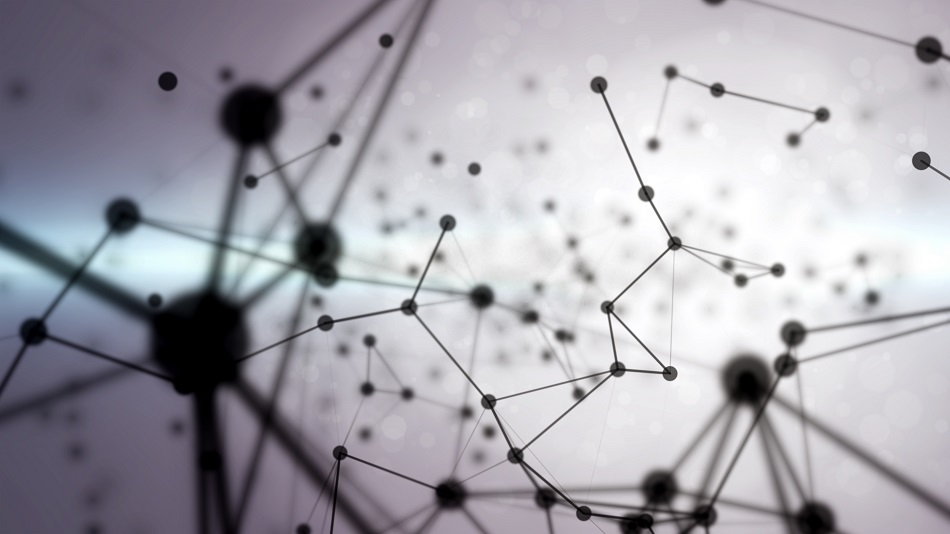
Image Credit: Ana Aguirre Perez/Shutterstock.com
How can a researcher reliably analyze many individual particles in a single sample, which might range anywhere from 1000 up to a million for size, shape, and elemental composition?
It is not easy to answer questions about a population of particles when not all of them have the same composition. This is more challenging when information is needed from hundreds, if not thousands, of individual particles to build up a complete picture.
Automated particle analysis combines the high-resolution imaging capabilities of scanning electron microscopy (SEM) and the microanalysis abilities of energy dispersive x-ray spectrometry (EDS) with automation to scrutinize a large population of particles and answer questions that are impossible to answer with manual methods.
It can address common questions such as:
- What type of particles is in the sample?
- What is the chemical composition of the particles?
- What is the particle size distribution of this powder mixture?
How is Automated Particle Analysis Carried Out?
Microparticles can be an unwanted part of a product or an essential component. Proper sample preparation is essential to obtaining the best results, not just in automated particle analysis but in any experiment.
They must be prepared as particle dispersions with minimal agglomerated or touching particles. They also should include sufficiently high particle densities to provide a large proportion of particles for analysis.
The acquired image must demonstrate a sufficient contrast between the background and the particles in order for the image analysis algorithm to differentiate between them.
In this sense, a particle is a set of touching or contiguous pixels, all of which are brighter than the threshold brightness used to define the surrounding background pixels.
The recognition of particles is carried out by the analysis system, part of the SEM/EDS software. It saves the location of each particle and determines its two-dimensional size and shape parameters. Parameters might include maximum, minimum, and average diameters, perimeter, and aspect ratio.
Once every particle in the field of view has been investigated and its dimensions saved, the microscope moves to a new field of view and the process is repeated until a set number of particles have been analyzed, or a predetermined number of fields of view have been studied.
The results are then tabulated to give a complete assessment of particle sizes and shape. It can also be customized depending on what information is required.
Applications of Automated Particle Analysis
Automated particle analysis can be employed to search for rare minerals in mixtures, correlate particle size and shape with composition, and characterize particle populations without bias. It can also be used in:
- Criminal forensics, such as gunshot residue analysis
- Size distribution of pharmaceutical ingredients
- Steel cleanliness (inclusion analysis)
- Environmental studies, such as the source determination of airborne particulates
- Cleanliness and contamination
- Wear debris or wear particle analysis
- Nanoparticle characterization
The technique can be utilized to characterize contaminants in raw materials during drug production, for example.
The raw material is dissolved and filtered, and the insoluble particulate is analyzed. The particles can then be described in terms of their composition, size, and shape. This could help to identify particles linked to specific steps in the production process of the raw material to see where contaminants are introduced.
It can also be employed to determine the wear debris collected in an engine. Three different iron-nickel-chromium corrosion-resistant alloys are used in engines.
Wear particles collected on filters can be studied with automated particle analysis, specifically EDS. The results can be utilized to change the design and material specifications of engine components to decrease wear and improve engine life.
The technique also has various environmental applications. One example is analyzing airborne tungsten particles collected on air filters at several distances from a suspected polluting source.
In some samples, there may only be a few particles of tungsten per thousand, but the technique is critical in identifying pollution and how far it might travel.
Automated particle analysis allows for tens of thousands of particles to be characterized for size and shape in a matter of hours, with minimal operator involvement excluding the initial equipment setup and sample preparation.
Sources and Further Reading
Disclaimer: The views expressed here are those of the author expressed in their private capacity and do not necessarily represent the views of AZoM.com Limited T/A AZoNetwork the owner and operator of this website. This disclaimer forms part of the Terms and conditions of use of this website.